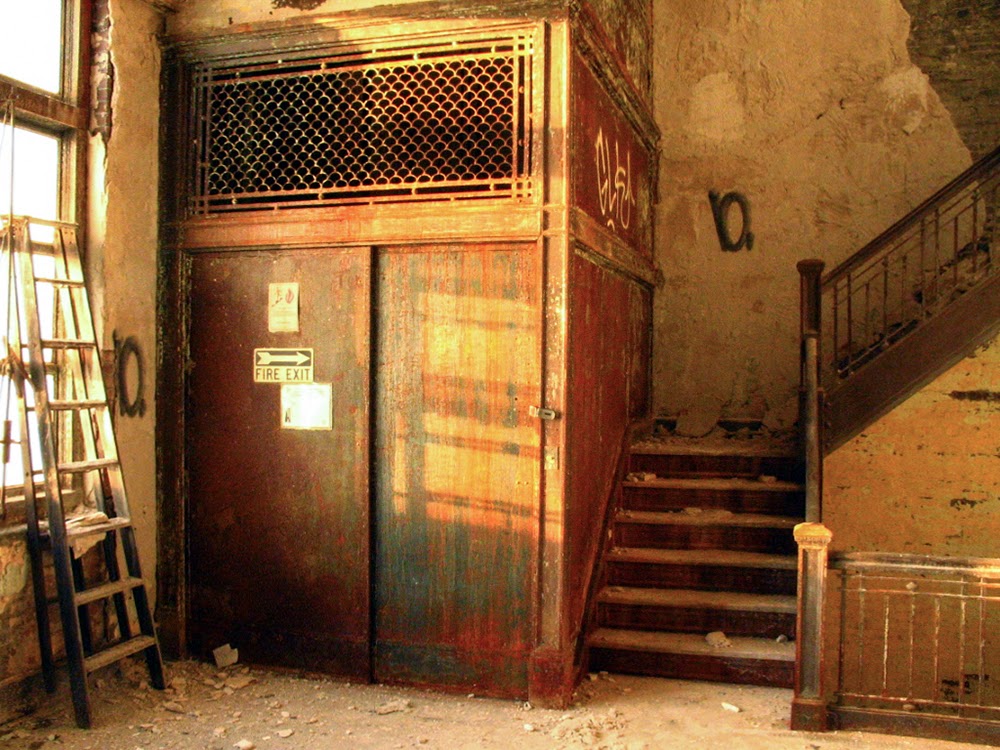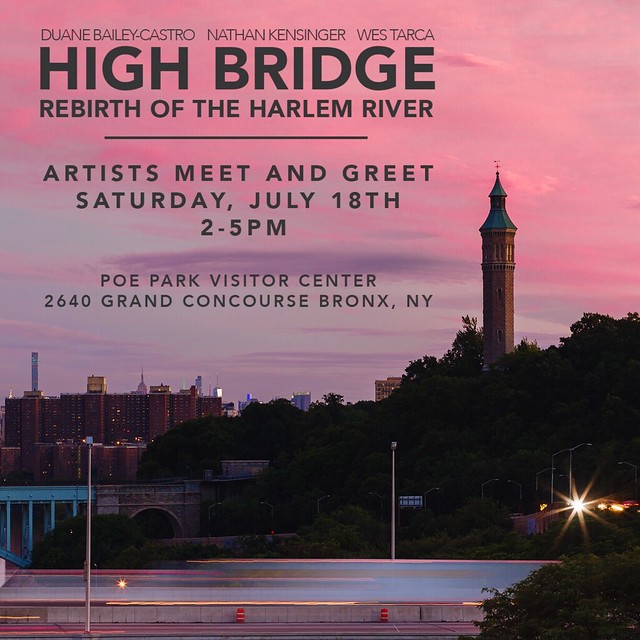New York's Abandoned Landmarks & Endangered Vernacular Architecture
October 2015 -
Over the Spring and Summer of 2015, Curbed NY published a series of my photo essays about New York City's endangered vernacular architecture and abandoned landmarks, for my column Camera Obscura. Written as the city celebrated the 50th anniversary of the landmarks law, these essays explored some of the important places that remain unprotected in NYC, including historic structures that the Landmarks Commission has refused to designate, as well as officially designated Landmarks that have been abandoned and left to collapse. In both cases, the fates of these important structures have been left to the whims of developers and city agencies.
These photo essays included everything from 30 year old Bronx casitas to 1930's bungalows & boardwalks to the 19th century officer's houses of Admiral's Row, the famed Fulton Fish Market, and a collections of civic structures - schools, courthouses, police precincts - which are now facing demolition, collapse, or redevelopment.
A link to each photo essay is included below:
- In the Bronx, Art Fills an Abandoned Neighborhood Landmark (April 2015)
- What's Next for New York City's Many Abandoned Landmarks? (May 2015)
- Revisiting Brooklyn's Abandoned Admiral's Row Before It's Gone (June 2015)
- As High Bridge Reopens, a Neglected Park Remains in Its Shadow (June 2015)
- What Comes Next for the Changing Coney Island Boardwalk? (July 2015)
- Rockaway Boardwalk Re-emerges With a New Identity (August 2015)
- Is This The End of the Brooklyn Bungalow? (August 2015)
- The Slow Resurgence of the Rockaway Bungalow (September 2015)
- Inside the Casitas of the South Bronx's Community Gardens (October 2015)















